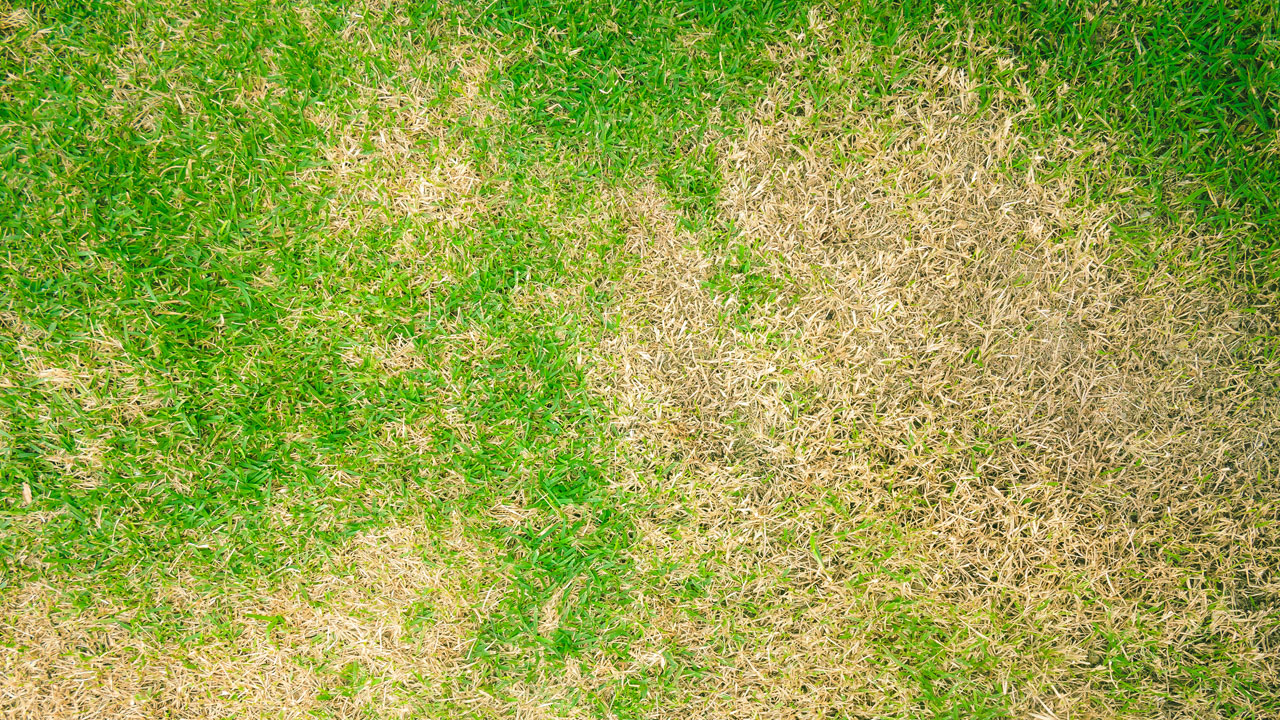Tips on How to Care for Your Lawn During a Drought
Nov 10th 2020
Summertime and the living is easy. For humans, maybe. For your lawn, not so much, especially if warm weather arrives along with drought conditions. Lush, green grass requires lots of water to look its best, and a drought can turn it brown quickly.
Whether you live in a region subject to seasonal dry spells, like coastal California in the summer or Florida in the winter, or are experiencing a multiyear drought, you can help your lawn survive and thrive with these tips from DripWorks on how to care for your lawn during a drought.
Mowing
When it comes to mowing the lawn, drought lawn care differs from mowing during wetter seasons. In general, you should mow less. Your poor, beaten-down grass is already stressed enough by lack of water. Constant mowing will stress it even more.
In addition, when you do mow, increase the height of your mowing. Experts generally recommend mowing grass at 2 or 3 inches during drought conditions.
Caring for Your Soil
Taking care of the soil underneath your grass will help your lawn survive a drought. Adding proper amounts of compost and nutrients will help keep your grass healthy and make it better able to handle extended periods of dry weather.
If possible, avoid compacting the ground, because that will make it harder for your lawn to absorb life-giving water and nutrients. That includes not only mowing less but discouraging people from walking on the lawn during dry times. In addition, aerating your lawn will benefit the grassroots and help get water and fertilizer down to them.
Watering
You may be wondering, “How much should I water my lawn during a drought?”
Lawns typically require 1 to 1 1/2 inches of water a week. If it’s not raining that much, you need to step in with irrigation.
It is a good idea to give the lawn an occasional thorough soaking at one time rather than spreading out your watering schedule over several days. Try to water early in the morning or late in the evening. That will help prevent evaporation and get more water into your lawn and less into the air.
Of course, if you are in a drought, there may be local or state laws limiting watering. In addition, conserving water is the right thing to do, whether there is a drought. Drip irrigation is a smart and affordable way to cut your water usage and your water bills too.
A variety of systems and sprinklers are available. Some can cut water consumption by up to 65 percent.
Planning and Planting for Drought
In some places, drought is becoming the new normal. That’s why it may be worth considering drought-resistant lawn options.
You might look for grass varieties that require less water than others. For instance, in Florida, species like Bahia grass and centipede grass sip less water than the popular St. Augustine grass.
In addition, consider alternative drought tolerant landscaping choices like ground cover and shrubs that are native to your area, for xeriscaping. In California, for instance, ice plant is a popular choice because of its low water needs. That’s why you see it in so many freeway medians.
In arid areas, you may want to consider rock gardens or other landscaping options more suitable to your climate. Although a vibrant green lawn is beautiful, the simple fact is that grass has not evolved to grow well in all kinds of terrains and climates.
It is believed grass lawns originated centuries ago on large estates in England. Not every place shares England’s cool, damp climate, however, so plan and plant according to the prevailing weather conditions in your area.

